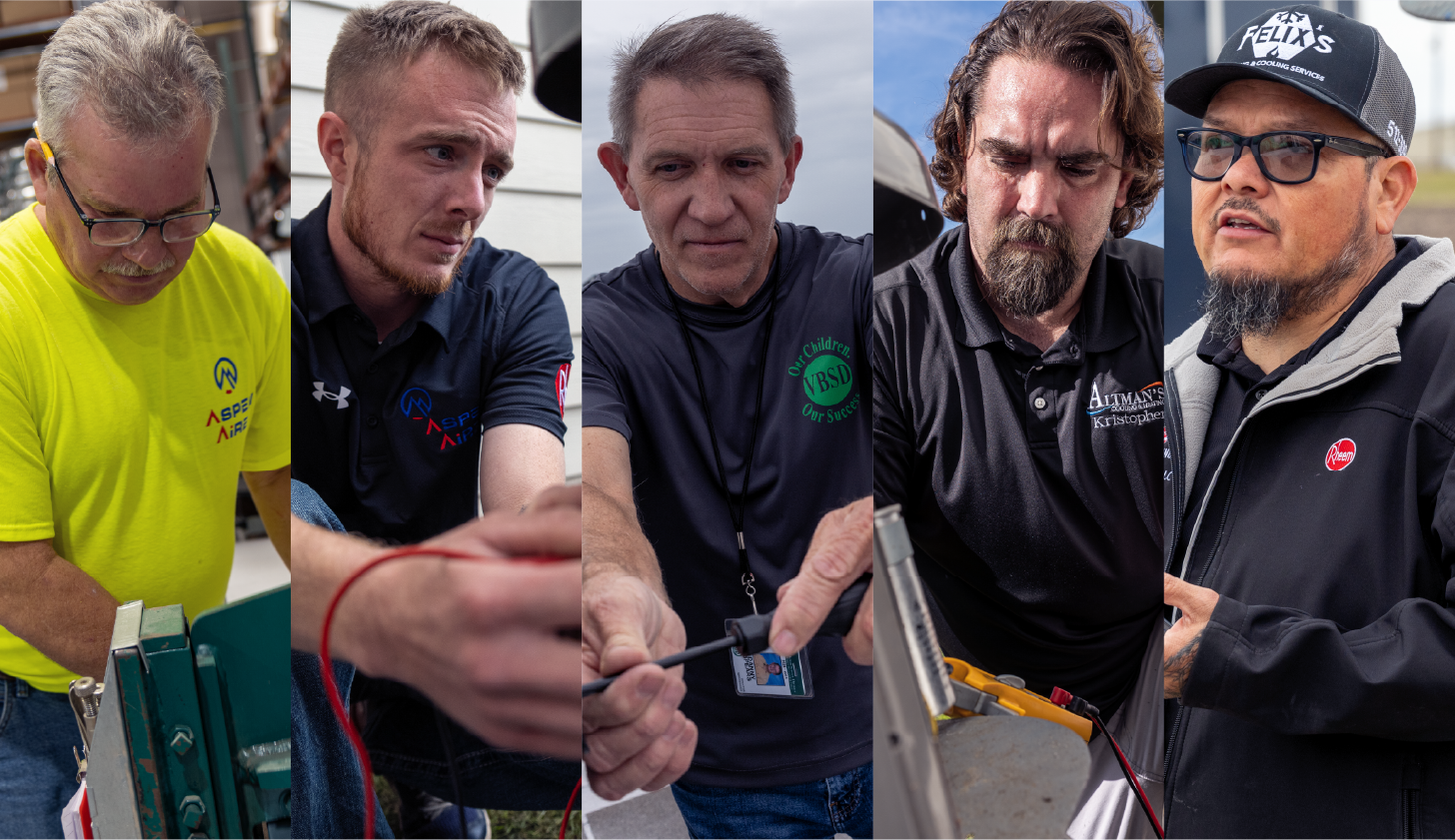8 Ways to Decarbonize Your Home
August 8, 2024
Want to lower your home’s carbon footprint? Try these eight ways to decarbonize your home to make your home more energy efficient.


Your home is many things: a place of comfort, togetherness, rest. But it can also use a lot of energy, which can impact both the environment and your wallet.
Reducing your home’s energy is the first step to improving your home’s carbon footprint. Not sure where to start? Here are eight ways to decarbonize your home and lower energy use.
1. Start with an energy audit.
Before making any changes to decarbonize your home, it is helpful to know your baseline energy performance. An energy audit will measure your home’s energy usage so that you can make informed decisions about upgrades and the key areas that will lead to energy savings—both your pocket and the benefit of the environment.
Hiring a professional to provide a home energy audit will give you the most accurate results, but you can also carry out a do-it-yourself assessment to help you pinpoint easier areas to address. Start by making a list of obvious air leaks or drafts. Inspect your heating, cooling, and water heating equipment to make sure they are running properly, and therefore as efficiently, as possible. Consider the insulation of your home, as the recommended insulation at the time it was built may be different than today. The lighting, appliances, and electronics in your home can also impact your energy use, so consider strategies for reducing energy use, such as switching to LED bulbs and unplugging items when they are not in use.
2. Install intelligent controls.
Installing smart controls gives you the ability to monitor and manage your home systems—and their energy performance—straight from your smartphone. Solutions such as the EcoNet® Smart Monitoring System grant control of your heating, cooling, and water heating systems from anywhere you are with the EcoNet mobile app. Features such as vacation mode and demand response readiness mean that your home can run at its most efficient, even when you’re away.
3. Upgrade to an efficient HVAC system …
Decarbonization starts with equipment manufactured for a sustainable future. Rheem offers a wide assortment of innovative, ENERGY STAR®-certified heating and cooling systems designed to help homeowners use less energy—and save more money. In fact, Rheem’s ENERGY STAR products enable 15% to 40% savings on homeowners’ utility bills.
Additionally, as new decarbonization regulations become the standard in HVAC, older technology, components, and materials, such as R-410A refrigerant, that have high global warming potential will be phased down and replaced with more environmentally friendly substitutes. Upgrading to newer systems reduces the impact on the environment while providing best-in-class heating and cooling.
Installing a high-efficiency heating and cooling system, including a heat pump, can also make you eligible for tax credits and rebates thanks to the Inflation Reduction Act.
4. … and water heating system.
Like an HVAC system, upgrading to an efficient water heating system can help you decarbonize your home. Studies show that heat pump water heaters can run on one-third of the energy of conventional water heaters and save hundreds of dollars on utility bills annually.
5. Insulate your home.
Cold draft coming from outside? Your home’s building envelope needs some tending to. Improving insulation or using air sealing materials will prevent air from escaping or entering your home, reducing the amount of energy your HVAC system has to use heating or cooling to keep your family comfortable.
6. Install high-performance windows and doors.
Beyond the building envelope, two areas of your home that air should pass through are your windows and doors. That said, if they aren’t installed or sealed properly, they may let air pass through unnecessarily, creating unwanted air leaks. Upgrading to high-performance windows and doors will keep air from escaping. This also lowers how much your HVAC system has to run, saving you money on utility bills and lowering the impact on the environment.
7. Go electric.
Investing in all-electric home systems and appliances, including heat pumps and heat pump water heaters, can not only be more efficient than fossil fuel models, but they also reduce your home’s carbon emissions.
8. Install solar panels.
Perhaps the most well-known and accessible renewable energy source for homes, solar energy uses the power of the sun to run your home. Consider solar panels especially if you live in a location with consistent sunshine and favorable tax credits.
Ready to get started? Find a Rheem Pro Partner™ near you to talk with a contractor or plumber about energy-efficient heating, cooling, and plumbing solutions.







